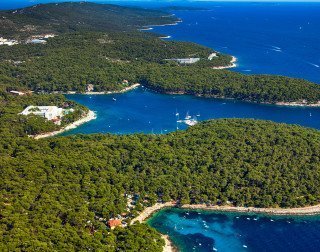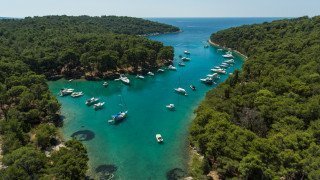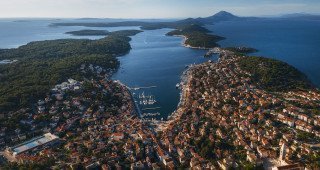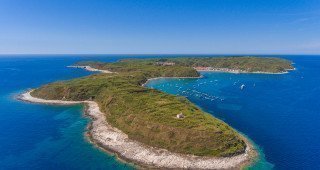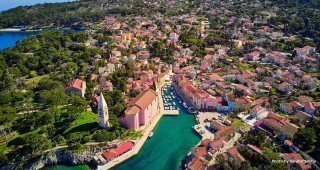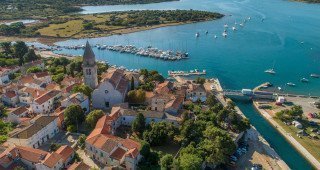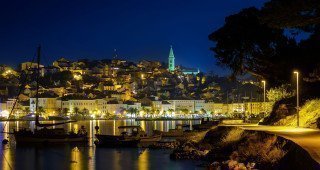About Archipelago
The island of Lošinj is part of the larger Cres and Lošinj Archipelago, which, with its 36 islands, islets, rocks and reefs, is a veritable labyrinth of inlets, anchorages and harbours. Lošinj and its neighbouring island Cres were once a single island, but since the Roman era, they had been separated by a human-made canal.
Although located near the 45th parallel, Lošinj has a very mild, Mediterranean climate thanks to its distance from the mainland and strong influence of the sea, keeping it warm in the winter and cool in the summer. The island's climate is delightful because of long sunny hours, small temperature differences between day and night, and moderate winds.
Lošinj is an incredibly green island, widely known for its centuries-old pine forests and abundant plant species - some of which are indigenous while others were brought by seafarers from their distant journeys.
The turbulent past of this group of islands is best seen in Osor, the capital of the ancient island and former capital of the Diocese, which is a city museum today. In Mali Lošinj you can find a museum dedicated to the antique bronze statue of Apoxyomenos, whose beauty and value genuinely stand out among the rich and diverse cultural heritage of the island.
However, the most valuable legacy is not preserved in the museums and churches, but in the islanders themselves and their way of life. The tradition is not just kept alive by folklore associations, festivities and church traditions, but also by authentic cuisine, fishing and their care of the olive trees and sheep.


